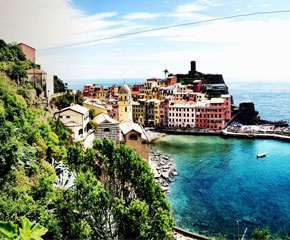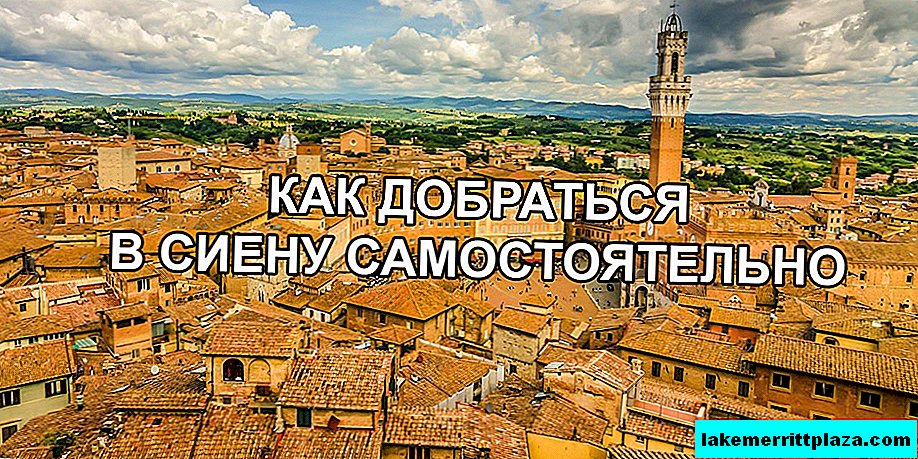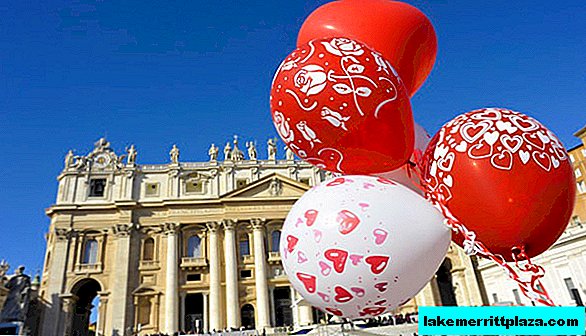Pompeii is an ancient Roman city in southern Italy near Naples. As you know, Pompeii was buried under a multi-layer layer of ash during the eruption of Vesuvius in 79. Today, the city is a huge open-air museum, which has been inscribed on the UNESCO World Heritage List since 1997.
Story
The city was founded by the Oscans in the VI century. The name of the city comes from the Oscan pumpe - five, since the city was formed by the merger of five smaller settlements. In Roman times, the division into five constituencies remained. Another version of the origin of the name is Greek, from the word pompe - a triumphal procession.
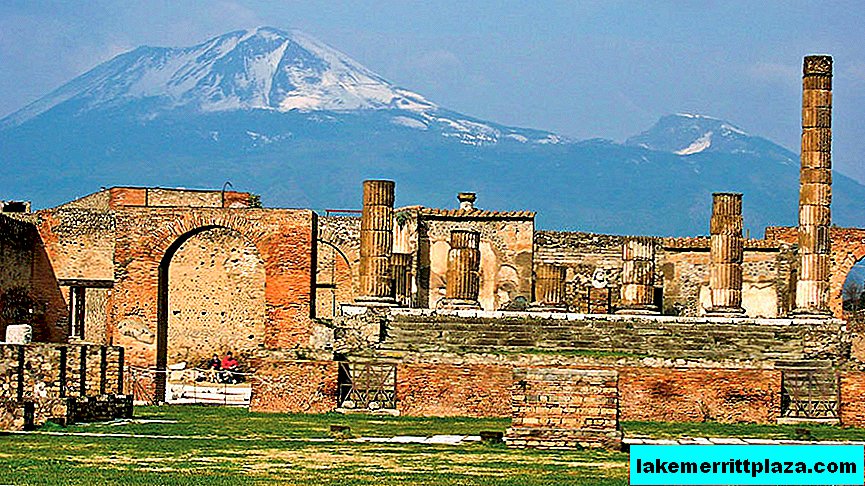
According to this legend, the city was founded by Hercules, who, after defeating Gerion, solemnly walked around these places. At different times, the city was owned by the Greeks, Etruscans and Samnites. In 310 BC Pompeii became an ally of the Roman Republic as an autonomous self-governing city.
In 90-88 BC the city is participating in the rebellion against Rome.
In 89 BC the consul of Sula took the city, limited its autonomy and made it a colony of Rome. The city occupied an important place on the trade route between Ancient Rome and Southern Italy. Many noble Romans had villas in Pompeii. A high-profile event was the massacre between the inhabitants of Pompeii and Nuceria in 59 during the gladiatorial games. The usual fight between the fans turned into a bloody massacre. As a result of this, in Pompeii, 3 years of the game were banned.
In the year 62, an earthquake occurred that caused significant damage to the city. On August 24, 79 Vesuvius awoke. The volcano threw thousands of tons of ash and lava mass from its bowels. Pompeii, Stabia and Herculaneum were destroyed. Killed about 16 thousand people.
Excavations
In 1748, excavations of Pompeii began. The excavation managers were only interested in finds that were of artistic value.
Found objects were sorted, valuable finds were sent to Naples to the Royal Museum, and not valuable ones were destroyed.
Then they were sure that the excavated city was Stabia. In 1763, an inscription was found on a pedestal, and the city was identified as Pompeii. In 1870, it was discovered that in the place where the bodies of dead people were, voids formed. The voids were filled with plaster and recreated the dying poses of the victims of the disaster. Since 1960, only restoration work has been carried out on the excavated territory.
- We recommend to visit: excursion to Vesuvius and Pompeii
The painting "The Last Day of Pompeii" Bryullov
In 1828, Pompeii was visited by Russian artist Karl Bryullov. During the visit, he made many sketches for his future painting, "The Last Day of Pompeii." The artist completed work on the painting in 1833.
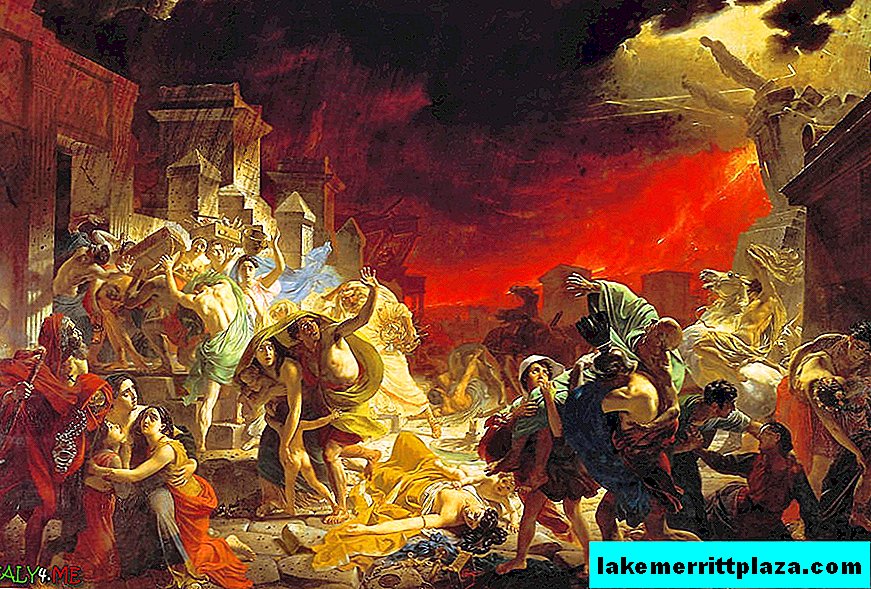
The painting was exhibited in Rome and received rave reviews from foreign critics. Then the canvas was transferred to the Paris Louvre. In 1834, the painting returned to Russia. The poets A. S. Pushkin and E. A. Bartynsky composed poems dedicated to Bryullov's masterpiece. In 1895, the Russian Museum was opened in St. Petersburg, and the painting moved there. Since that time, any visitor to the State Russian Museum in St. Petersburg has access to the canvas. Today Pompeii is a world famous travel brand.
Tours
- In order for the ruins to speak with you in a clear and interesting language, we advise you to book an individual excursion to Mount Vesuvius and Pompeii from Naples.
The cost of an excursion to Pompeii for 2-3 people is 200 euros, the price includes the service of a Russian-speaking guide with a license and transfer from your hotel to Naples and back. A longer option with a visit to Vesuvius costs 375 euros.
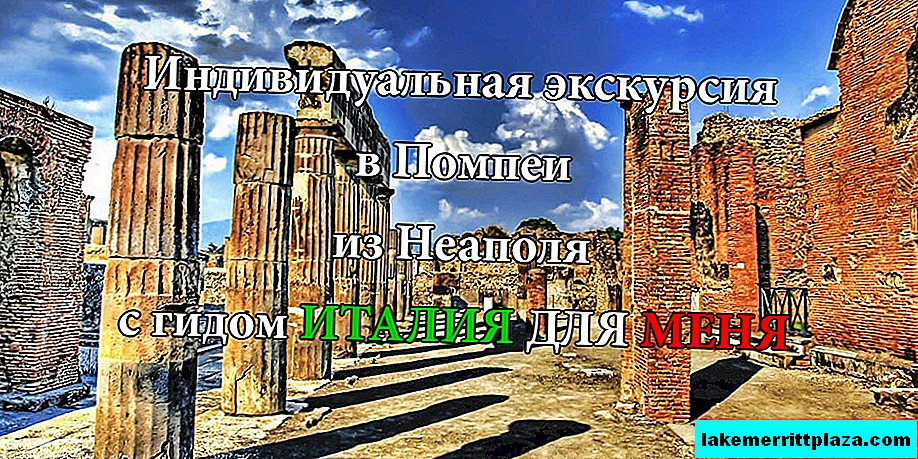
Tickets
Entrance ticket to the archaeological complex of Pompeii costs 15 euros. For visitors under 18 years old - admission is free, but you need to show a document confirming the age.
- We advise you to buy a ticket in advance online only at the official ticket offices of ticketone.it
See detailed instructions for registering on the site.
Official website: www.pompeiisites.org
How to get from Naples on your own
You can get to Pompeii yourself from Naples by train, bus or rented car. We recommend options with public transport (in the south of Italy it goes according to mood and not regularly), only to the most experienced travelers with a margin of time and a great desire to save. Let's consider in detail all the ways:
On a rented car
If you travel to small towns in Italy on your own, then you can come to Pompeii by personal transport - of independent options, it is the most convenient. Parking near the archaeological site will cost about 5 euros per hour. Read about the features of car rental in Italy and choose the best option on our website auto.italy4.me
- You will find it useful: How to get from Rome to Pompeii
By train
In Naples, Napoli Porta Nolana and Napoli P. Garibaldi stations run direct electric trains Circumvesuviana (literally translated “Around Vesuvius”) - of the options, public transport is the only one we can recommend. Here is a link to the schedule. You need to get off at the station Pompei Scravi Villa dei Misteri - It is located almost next to the ticket office. Drive about 30 minutes.

Tickets can be bought in advance at the ots.eavsrl.it/web/public/ots/ticket/index ticket offices
Choose the Napoli-Sorrento line and ticket to Villa Misteri, date and number of passengers. Click Avanti. Please note that the site is also available in English, the switch on the right is the British flag.
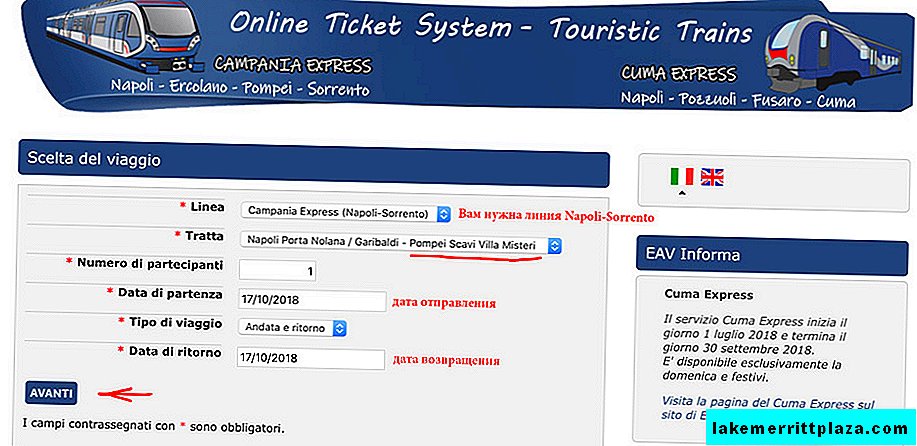
The trains depart in the morning from 09:06 and 11:36.

To visit Pompeii you need to set aside at least 2 hours. Also on this line you can get to Herculaneum. From Pompeii back to Naples, the train leaves at 17:18, a round-trip ticket costs 11 euros, there are no discounts for children.

Trenitalia regional trains from Napoli Centale Central Station leave for Pompei Station about once every 30 minutes. Tickets cost € 2.80 one way. If the train arrives on schedule and there are no stops, the travel time will be 38 minutes. Get ready for frequent stops, neighborhood with gypsies and various beggars.
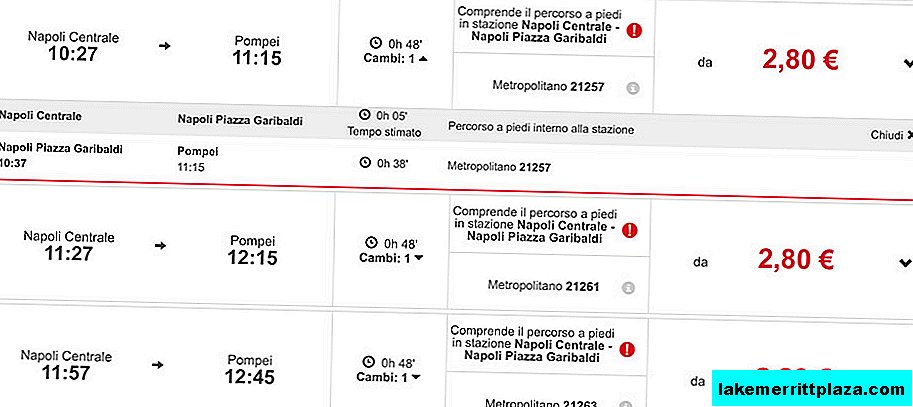
The station is located about 3 kilometers from the entrance to the archaeological park, so it is rational to wait for bus 004 (possibly N50) and go through it 3 stops.
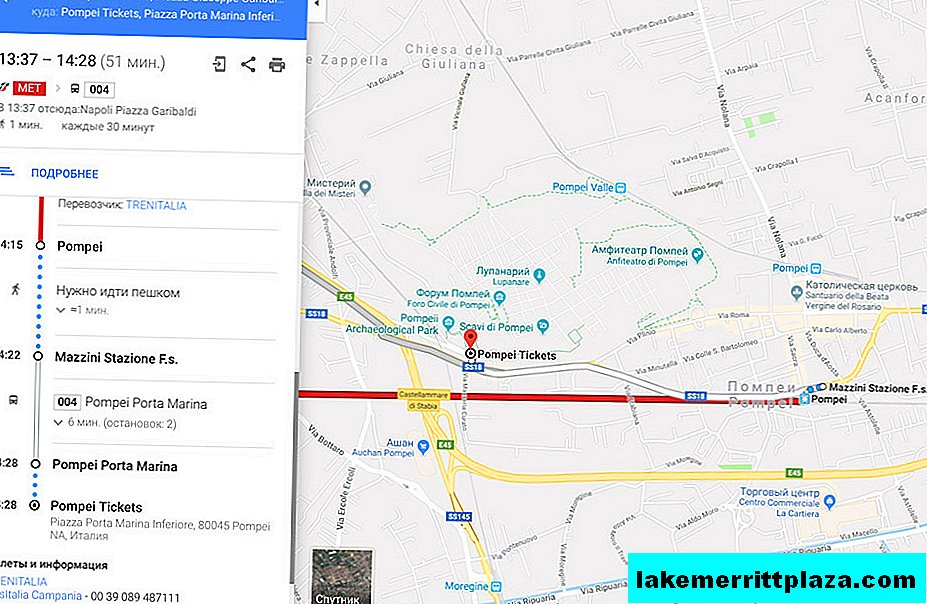
Google advises the schedule to look at the website of the official carrier //www.fsbusitaliacampania.it, but, for example, in the bus schedule 4 I do not see the Mazzini stop. Apparently easier to ask locals on arrival should help. We would be grateful if someone shared their experience of adventure in the comments.
By bus
According to Google’s information, SITAsud direct buses N5000 and N5020 from Naples relatively regularly go to the archaeological site from Naples - I do not recommend this option, since the carrier’s website does not really have a schedule or prices. For completeness, consider this method.
The Via Ferraris Galileo Bus Stop in Naples is located about a kilometer from Napoli Centrale Station.
Bus tickets should cost 10 euros, you can buy at the following addresses:
- BAR ETTORE, PIAZZA GARIBALDI 95
- Inside Napoli Centrale, look for EDICOLA NUMBER ONE HUDSON NEWS
- ARPANET, corso Arnaldo Lucci, 163
- BIGLIETTERIA NAPOLI CAPOLINEA, PIAZZALE IMMACOLATELLA VECCHIA 1
- BAR DEL PORTO, VIA C OLIVARES ANG. VIA CAMPO D'ISOLA 26
- BAR TIRAMISU ', Napoli - Corso Lucci
What to see
Here are the attractions of Pompeii that are recommended to visit during the tour:
- Temple of Apollo - one of the oldest temples of the ancient city is dedicated to the Greek god Apollo. The first mention of the shrine dates back to the eighth century BC, which, incidentally, is also confirmed by archaeological excavations. Now we can only imagine and conjecture, but most likely the altar was in place of the current ruins, and only a hundred or two hundred years later (before they were in no hurry to build) the main building was built. To date, only two have survived from the majestic colonnade containing 28 columns. Also, after two millennia in the internal niches of the temple, we can observe murals with scenes from the Trojan War.
- Refugee Garden
- Great Palestra
- Temple of jupiter
- Amphitheater
- Cornucopia Street
- Terms
- Venus House in the sink
- Thermopoly
- Bolshoi and Maly Theater
- Gladiator's Barracks Triangular Forum
- Lupanarium
- Forum
- The building of Eumachia
- Vespasian Temple
- Market
- House Faun
- Small Fountain House
- Basilica
Visiting architectural monuments with a good guide will allow you to immerse yourself in the ancient world for a while and touch its secrets.



